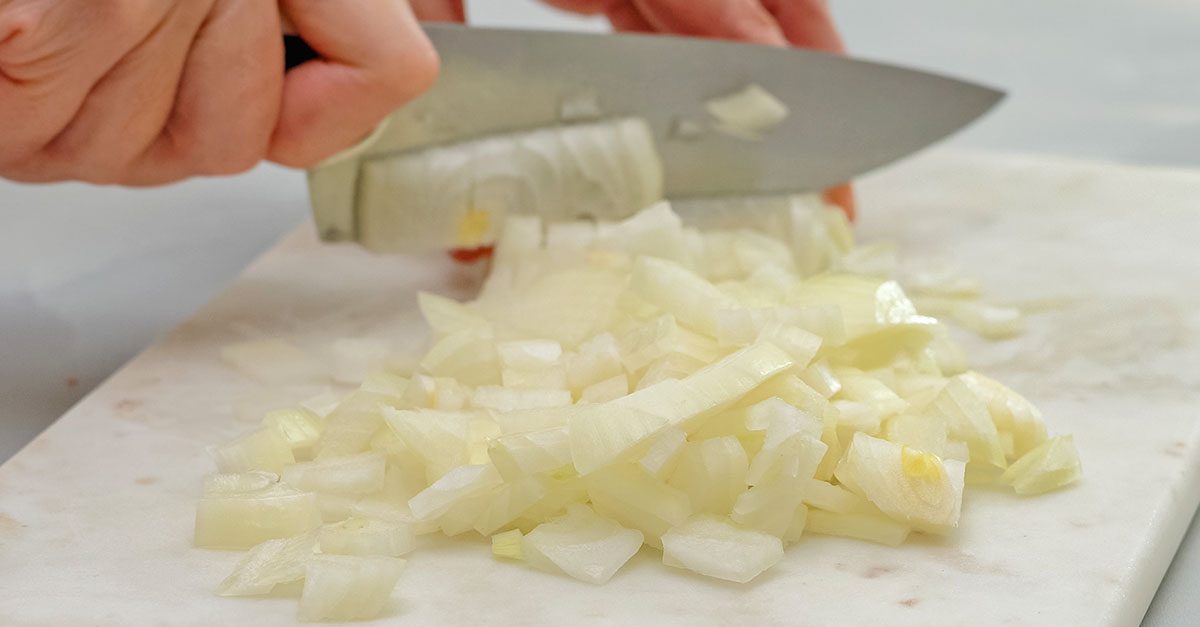Here’s The Best Way To Cut Onions For Any Recipe And Reduce Tearing
Chopping onions can be a frustrating thing because they trigger tears but did you know that there’s a way to minimize the tears? No? Then keep reading because this article contains great tips that can help when next you have to slice onions.
;)
Cooking in a restaurant is not an easy feat. Most people think it is a fancy task but according to David Tanis, former chef of Chez Panisse and current City Kitchen columnist for the New York Times, it's mostly about chopping onions.
Given how much onion that will be, it is usually in the chef’s best interest to learn and get good at it. Cutting onions is recognized as a central and unavoidable task. According to chef Ignacio Mattos, “no onions, no food.”
Mattos and Tanis have compared two styles of cutting an onion. One is the traditional method and the other is a new style that culminated from the two experts.

The traditional method requires you to cut the onion in half before making several vertical and horizontal cuts with the root intact. Note that you need to hold the pieces together until the dice are ready to be released.
For the style Mattos and Tanis often use, you get rid of the root first then slice along the grain and push the slices down while cutting at a 45-degree angle. It leads to a fine dice but for those who may have issues replicating that, here are a few rules to be conscious of when cutting onions.

- Have a good grip on it: According to chef Bill Kim, beginners hold the knife like a baseball bat in an attempt to avoid mistakes. He said, “Your index finger should come over the handle and be tucked back at about thirty degrees. The thumb rests on the metal butt end of the knife. I tell people: "If you don't have a callus on that index finger, you're not a real chef."
- Watch the knife: Ensure to maximize your blade length when hunting for a knife that’s comfortable and easy to use. If it is too big, the knife will be inaccurate and if it is too small, you won’t have a proper reach to deal with long veggies. This means more cuts and wasted time.
- Watch the left hand: Brendan McHale, the executive chef of the Tasting Table Test Kitchen & Dining Room, called the left hand the sous chef. According to the expert, “It helps process the flow of everything and manages the real estate of the cutting board, while the right-hand does the skilled work." Use the classic claw formation to do your best cutting as it guards your finger.
;Resize,width=767;)
;Resize,width=712;)


